Hyundai Xcent Review, Test Drive
With the Hyundai Xcent, the Korean automaker has added the first compact sedan to the fray. So, is the Xcent enticing enough to make a mark of its own, or is it just a Grand i10 with an added boot? Here's the answer.
Hyundai launches its offering in the fast growing sub-4 metre sedan segment, which is based on its successful Grand i10 hatchback. We drive it to find out if it has what it takes to compete with the existing leaders of this competitive segment.
In an auto market that’s been rather fussy, and not particularly encouraging in terms of sales in the recent past, it’s natural to expect auto manufacturers to deploy maximum resources to launch products in the few segments that are still growing. So, given how poor the market sentiment has been in our country for a while now, it’s not surprising that most volume manufacturers are putting their best foot forward to launch products in any segments that are demonstrating growth – namely the compact SUV’s and sub-4 metre sedans. Our absurd taxation structure has led to the creation of this segment, which seems to have caught the fancy of consumers.
Of course, as one would expect, the first manufacturer to target this segment was Maruti – with the Dzire. Honda followed recently, with the Amaze – and it’s safe to say that both these models have been quite successful for their respective brands. So, it’s no surprise that post the success of its new hatchback – the Grand i10 – Hyundai too has launched its competitor in the segment to grab its slice of the sales pie. First showcased at the Auto Expo in February, the sedan reinvents the brand name of the first sedan Hyundai launched in the Indian market back in 1999 – even though it’s now spelled with an X, perhaps to evoke a bit of ‘X-Factor.’

However, as one would expect, the new Hyundai Xcent uses the same platform as the Grand i10 – with the main change between the hatch and the sedan being the addition of the boot, along with slight changes to the styling elsewhere. But, unlike some of its competition, Hyundai’s design team has accomplished a rather commendable job as far as the Hyundai Xcent’s styling is concerned. Despite being based on the hatchback, the Hyundai Hyundai Xcent doesn’t look as if the boot has been added on as an afterthought. In fact, the car looks quite balanced and is actually quite handsome. It’s certainly one of the best looking cars in its segment at present, and the looks are more cohesive than most of the competition – although it does look a bit awkward from directly behind.
The interiors too borrow largely from the hatchback, though there are a few differences – but mostly in regards to equipment levels, which are class leading. For instance, despite being the smallest sedan in Hyundai’s range, it offers climate control, rear AC vents, a rear view camera, electrically folding mirrors, 15-inch alloy wheels, dual airbags, and much more, as standard on certain versions – making it better equipped than most cars even a couple of segments above. In fact, Hyundai, as a brand, has simply changed the customer’s expectations when it comes to equipment levels in new cars. To put it simply, Hyundai’s continued success in our market has been not only because their cars are reliable and well engineered, but also because of the high levels of equipment that they provide at a very competitive price – thereby ensuring great value for the cost conscious Indian car buyer. Of course, it also enhances the feel good factor among customers – since the competition typically offers these options at a premium.
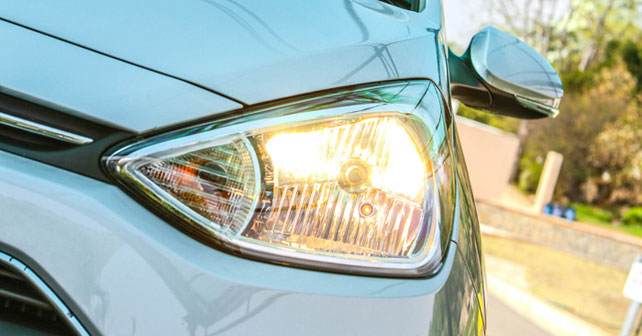
When it comes to the driving characteristics, the Hyundai Xcent offers largely the same package as the Grand i10. The engines and transmissions offered are the same, and despite the engines being upgraded to suit the bigger car, the performance levels of the hatchback and sedan remain largely the same. So, on the one hand, you have the option of the refined, but fairly tame, 1.2-liter petrol engine, and on the other you get the latest diesel engine from the Korean automaker – with the 1.1-litre U2 CRDi unit offering a slight increase in power and torque. However, while driving, it’s the diesel engine that impresses more than the petrol unit. Yes, the Hyundai Xcent could do with increased sound deadening to decrease engine noise, but the overall NVH (Noise Vibration Harshness) of the car is quite tolerable. When on the move, the engines cause virtually no vibration inside the cabin – even in the diesel version. The torque delivery in the diesel makes it feel reasonably quick, and quite easy to drive in both city and highway conditions.
The petrol engine, on the other hand, is far more refined than the diesel unit but its lower torque levels (180Nm for the diesel versus 114Nm for the petrol) means that the diesel feels more responsive than the petrol – especially in the mid range. But the car doesn’t feel underpowered in either of the engine variants, and offers sufficient performance for regular driving on our roads. The surprise, though, is the suspension setup and handling of the Hyundai Xcent – which, like the Grand i10, is once again very impressive for a Hyundai product and clearly shows that the brand is concentrating far more on the driving qualities of their products than ever before. So, the Hyundai Xcent offers an excellent balance of both ride and handling – with my only complaint being (like in the i10 before it) about the steering, which lacks feel and feels vague around the dead centre position.
Overall, then, the Hyundai Xcent offers a stellar package for its segment. Currently, the competition will struggle to match the mix of qualities of this car. Yes, it loses slightly to the Honda Amaze as far as the interior space is concerned, but it’s not cramped either for five adult passengers. Plus, it offers far superior equipment and quality levels to any of its competitors. And given its stellar pricing, which results in providing more value than any of the competitors, it’s clearly the car to beat in the segment currently.
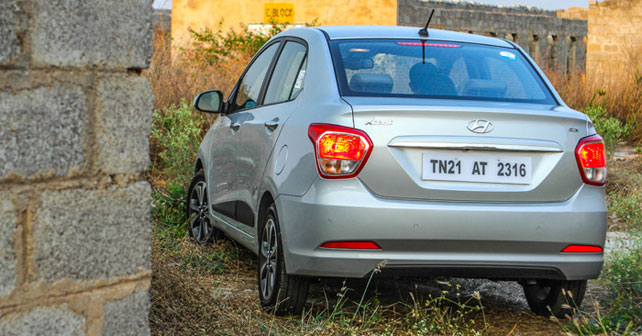
Engine: 1,197 CC / 4 CYLINDERS
Fuel: PETROL
Transmission: 5-SPEED MANUAL / 4-SPEED AUTOMATIC / FRONT-WHEEL DRIVE
Power: 82 BHP @ 6000 RPM
Torque: 114 NM @ 4000 RPM
Price: Rs.4.66 - 7.22 lakhs (ex-showroom, Delhi)
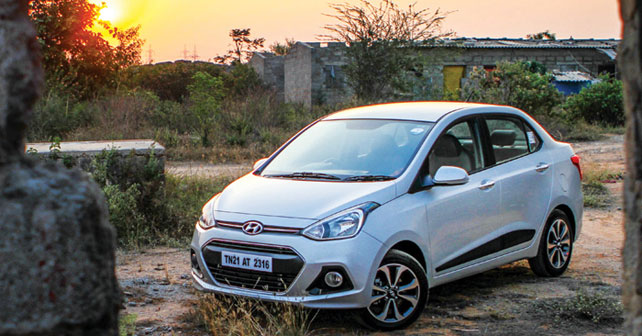
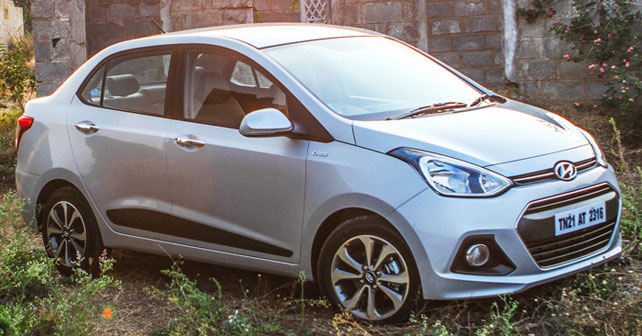
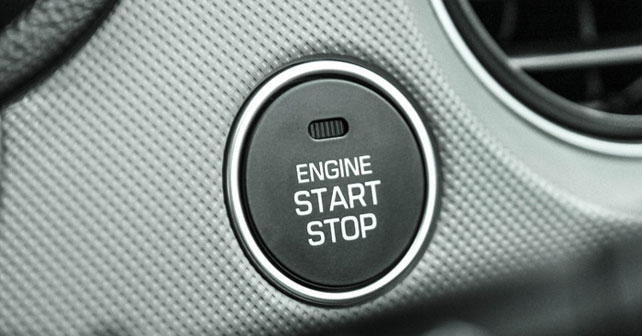
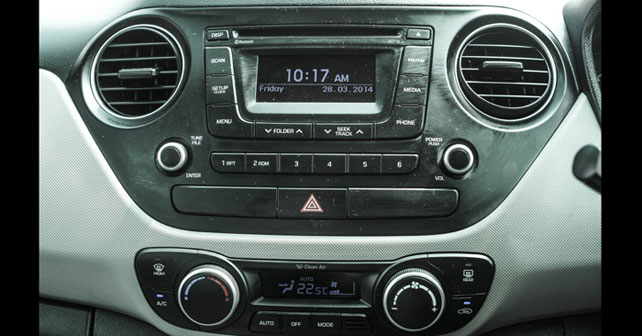

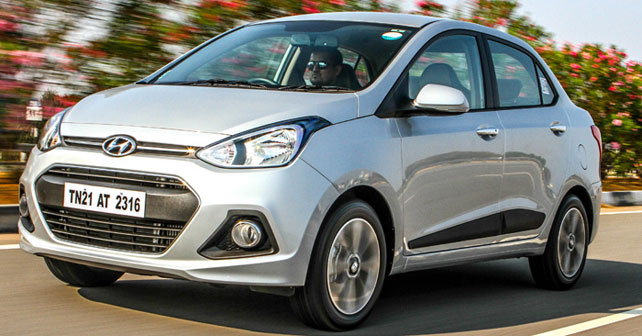
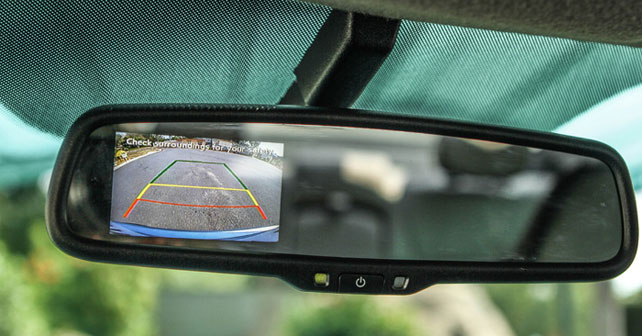
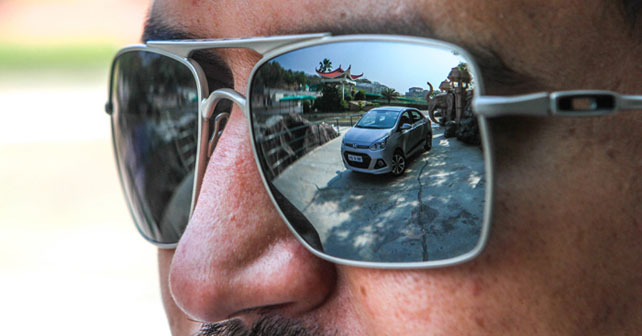
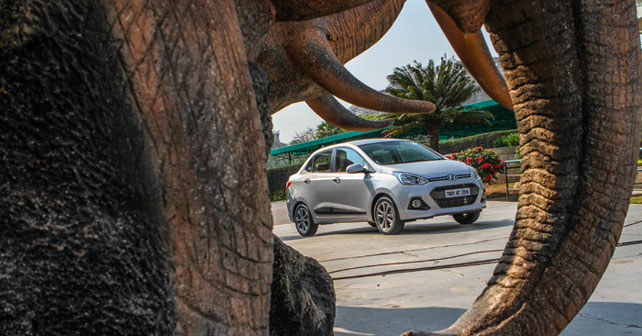

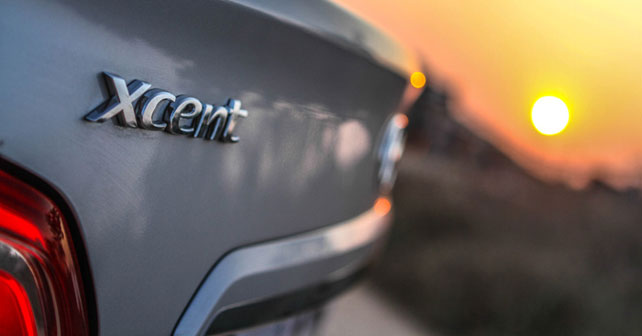
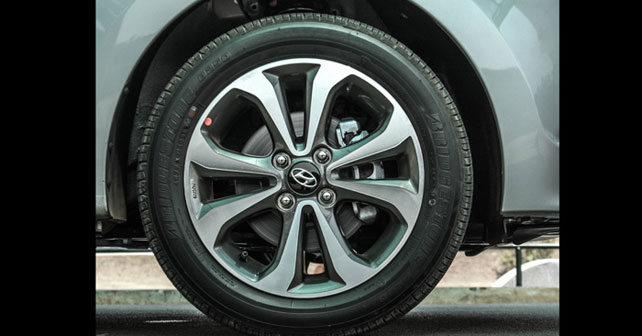
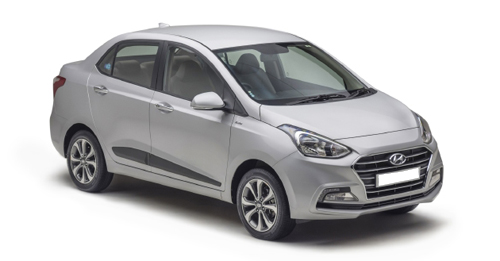

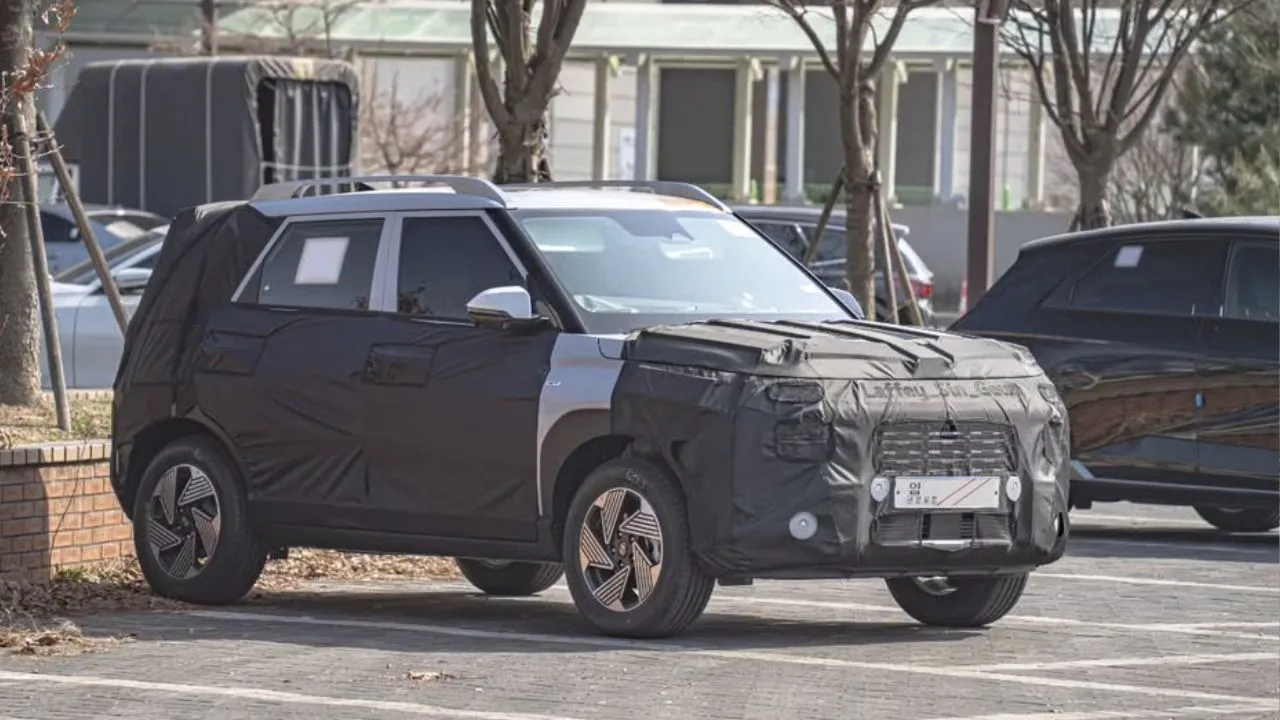

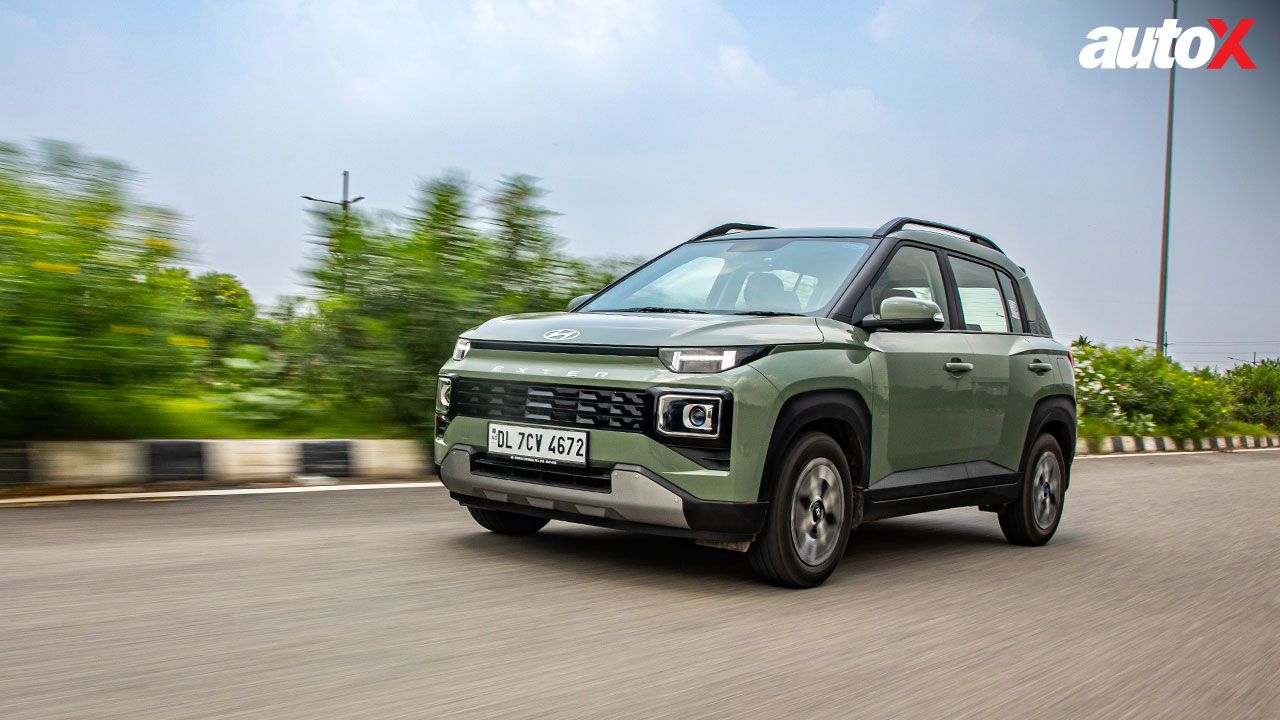
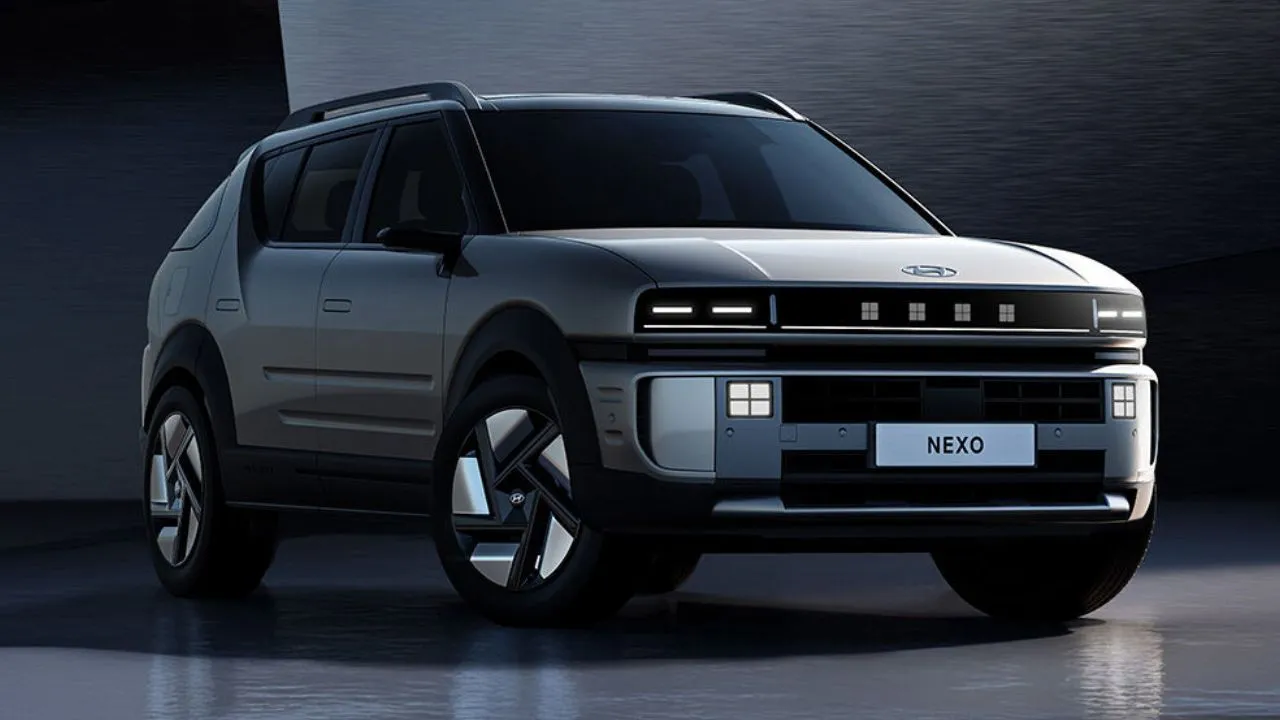
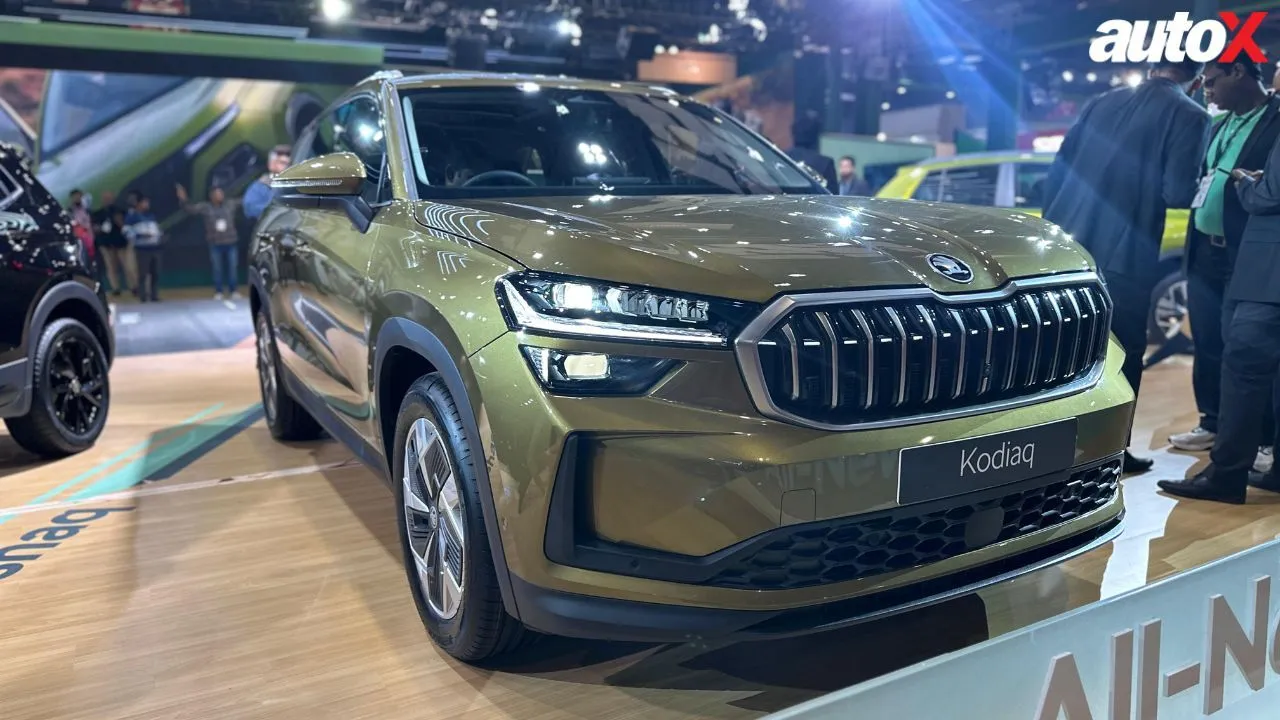

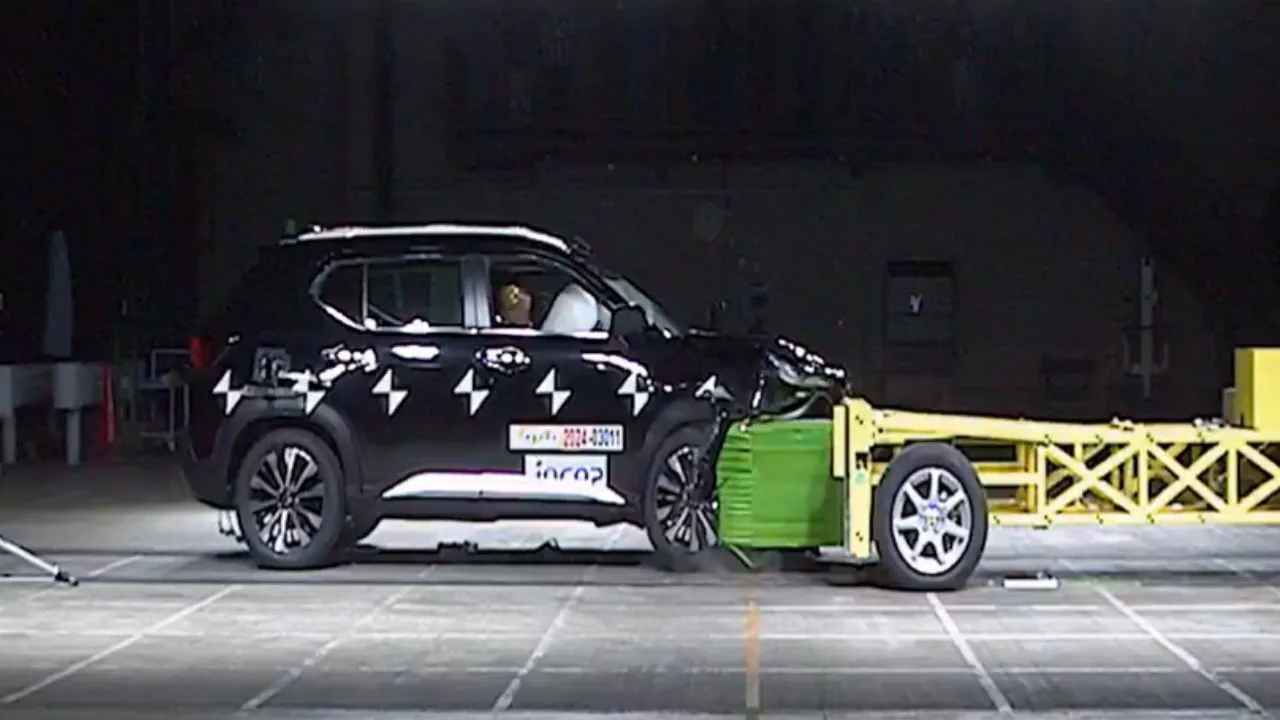
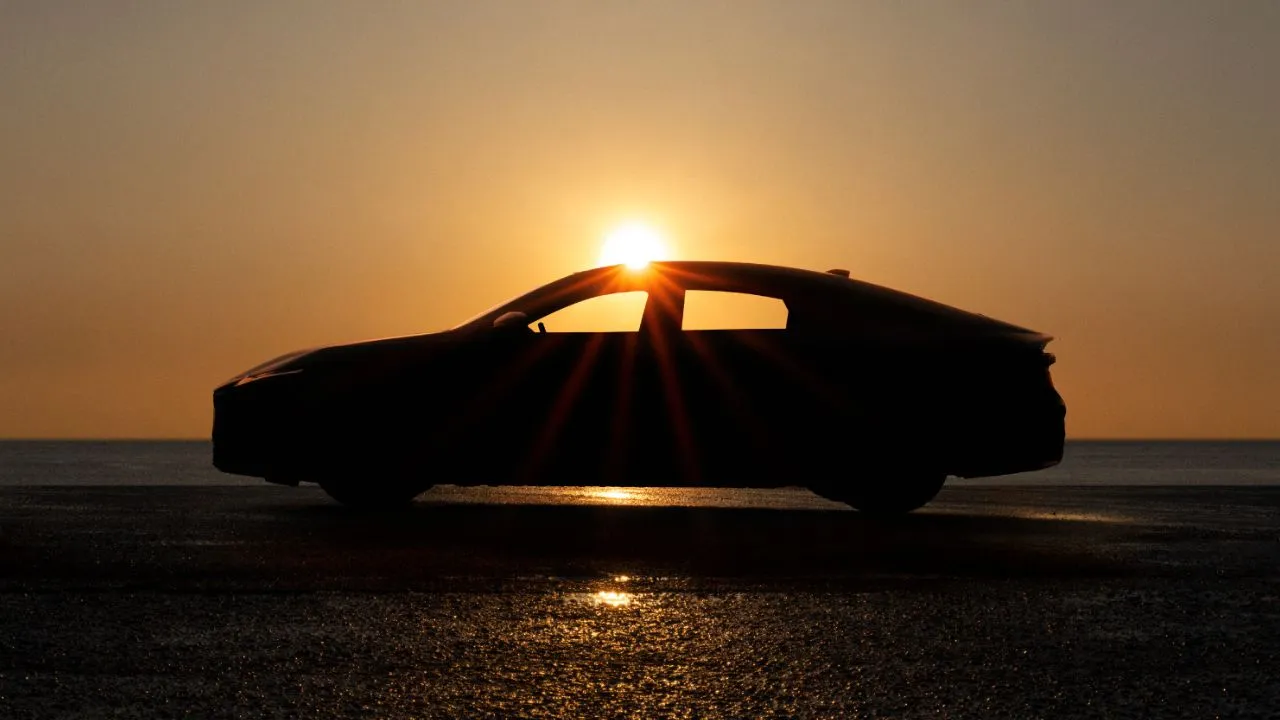




















Write your Comment on